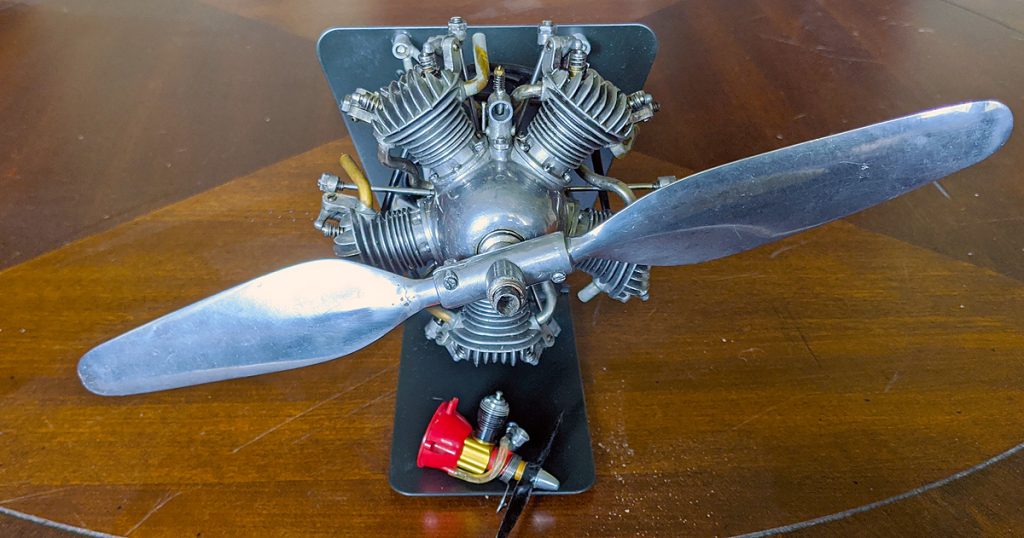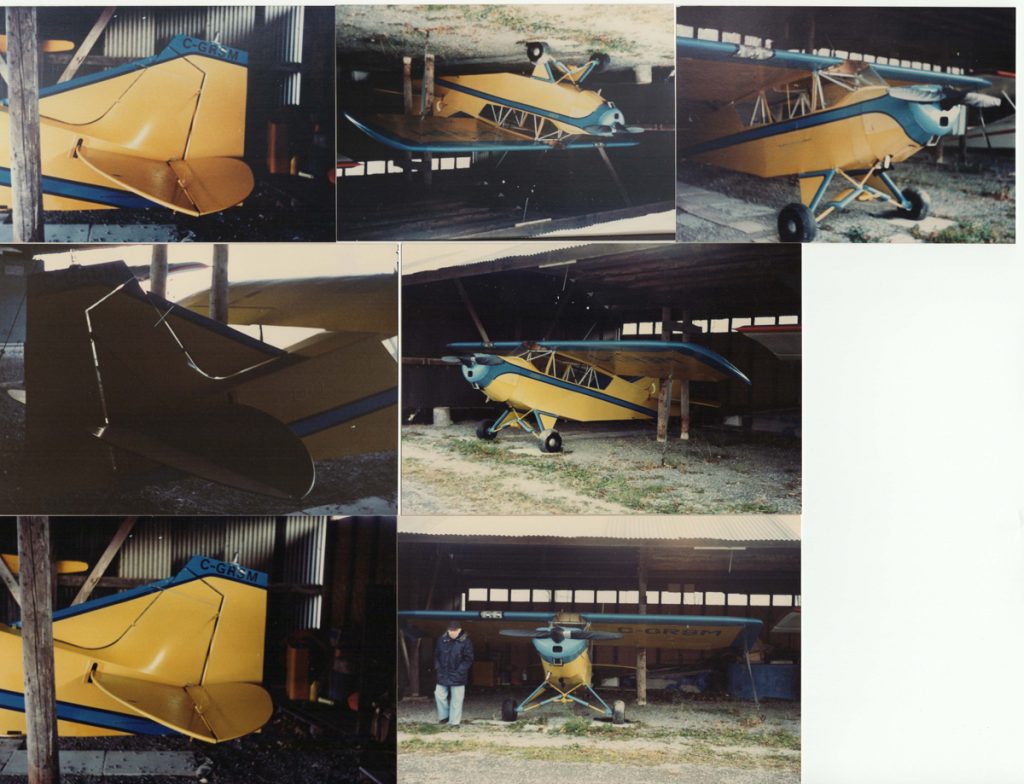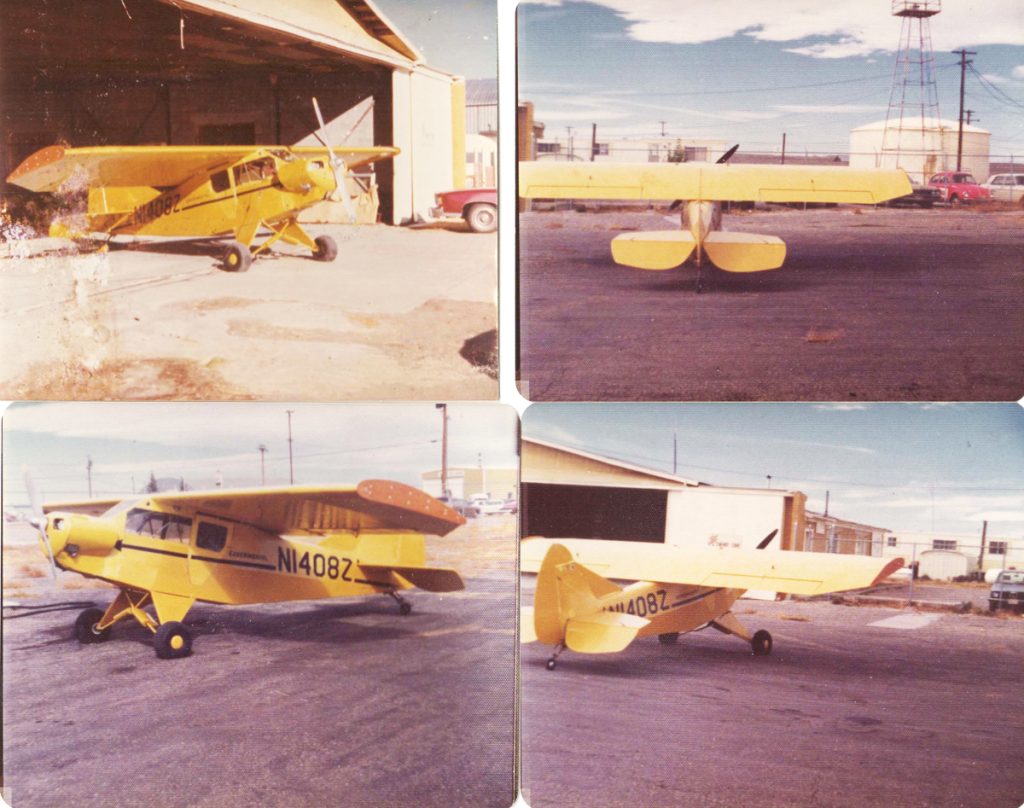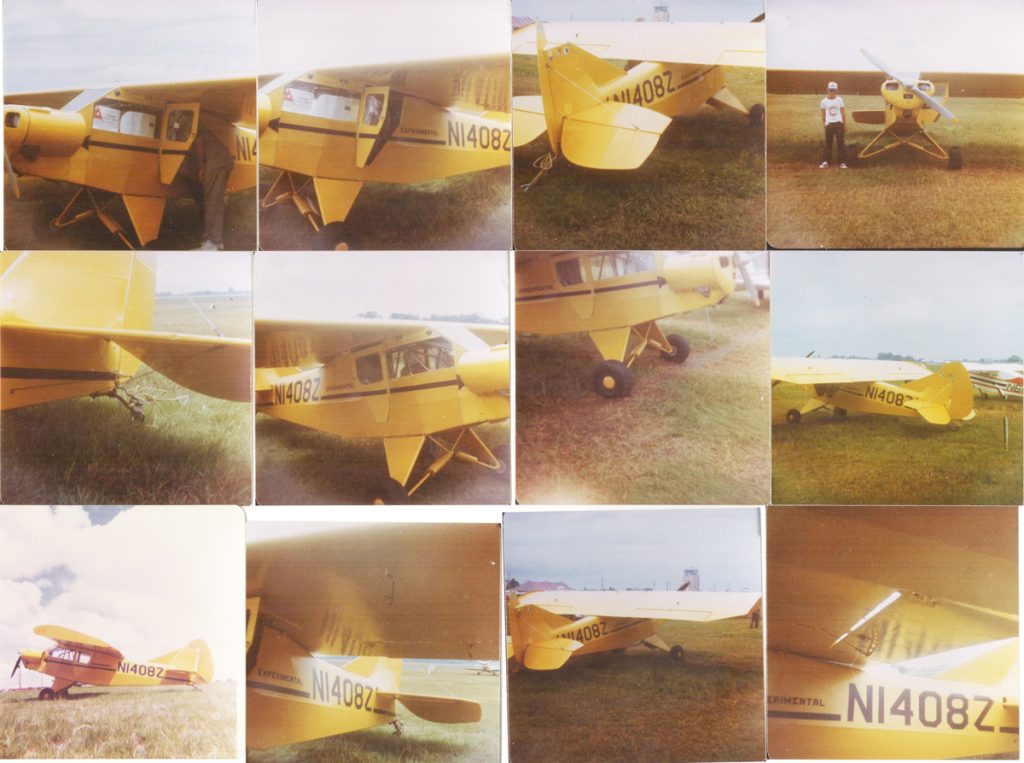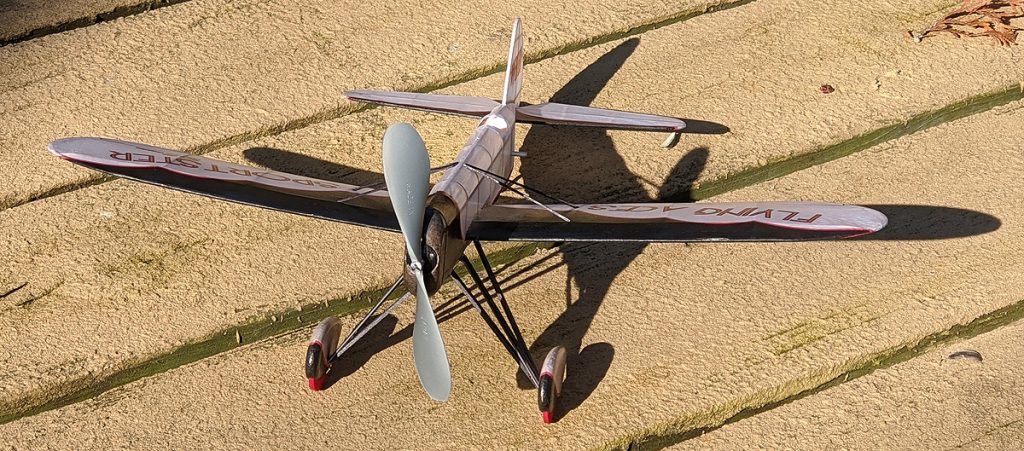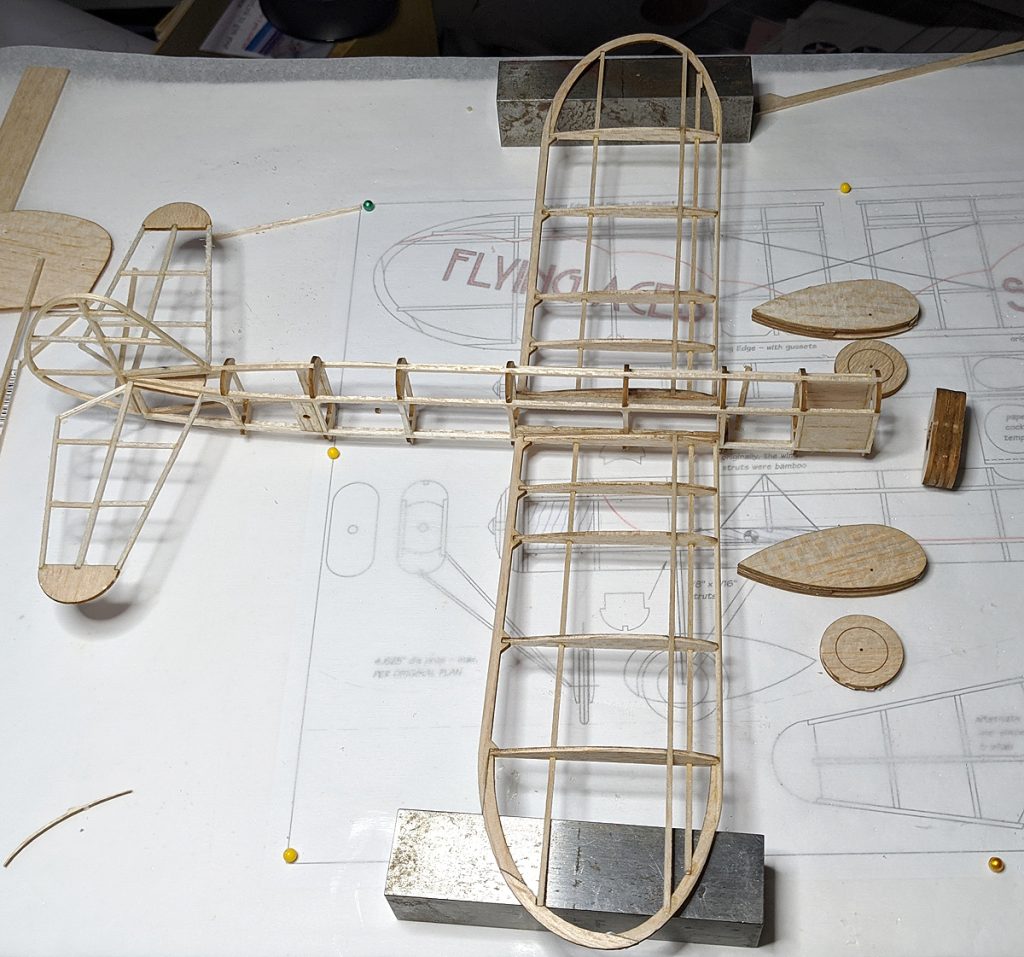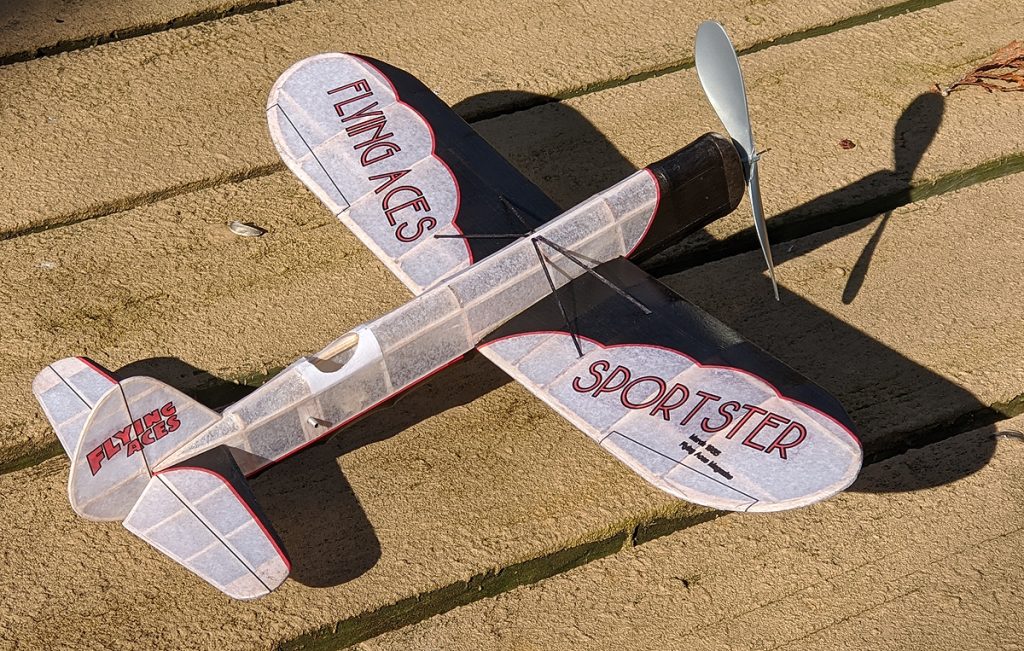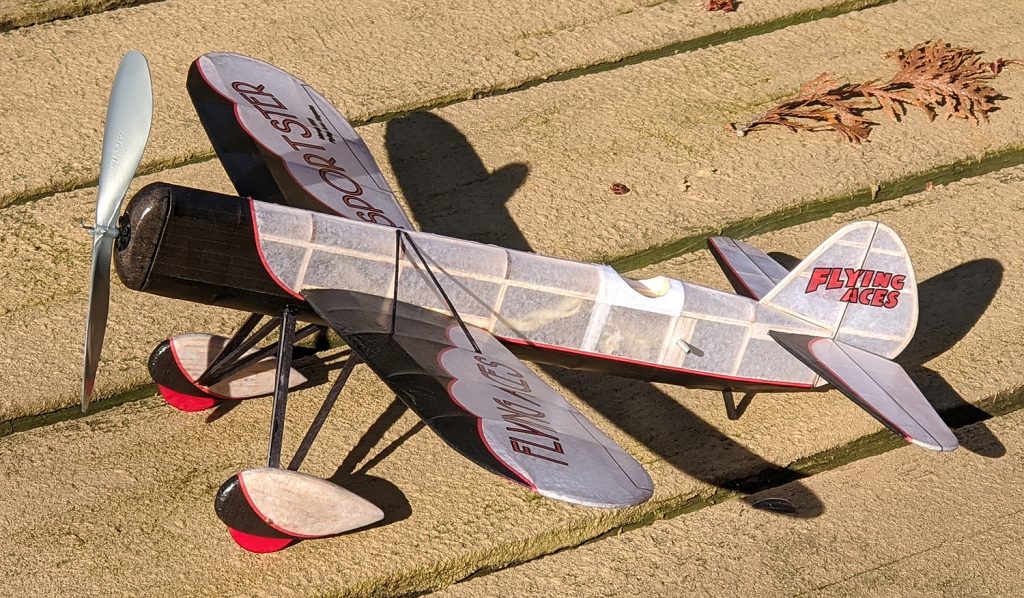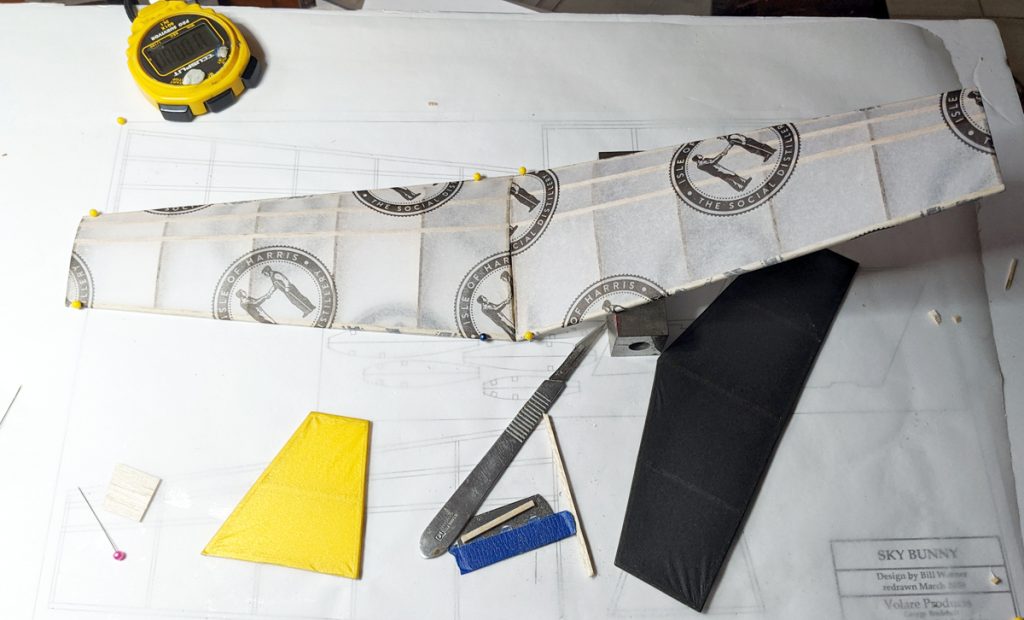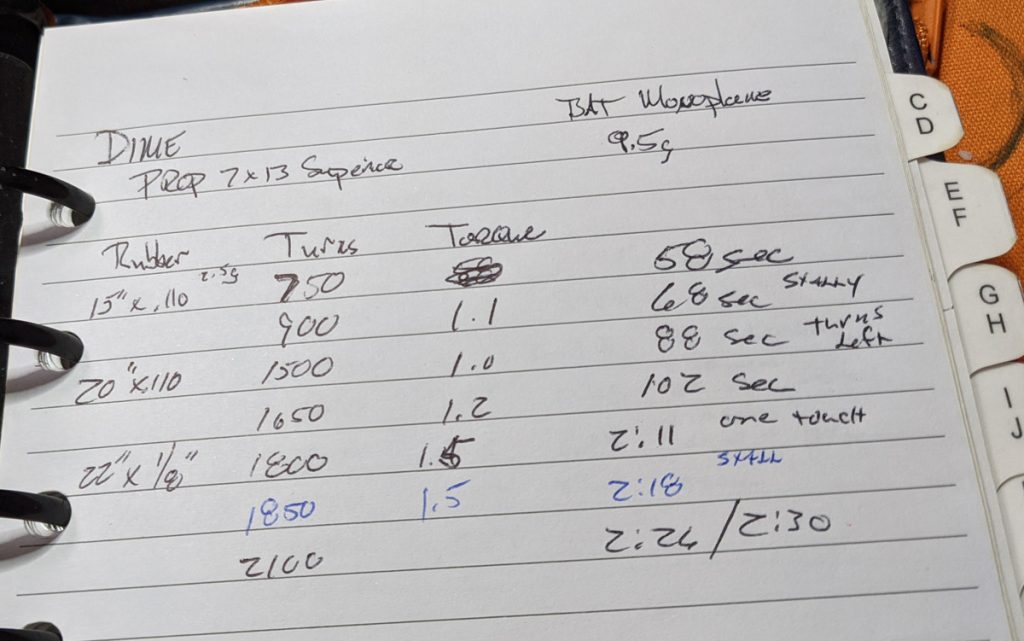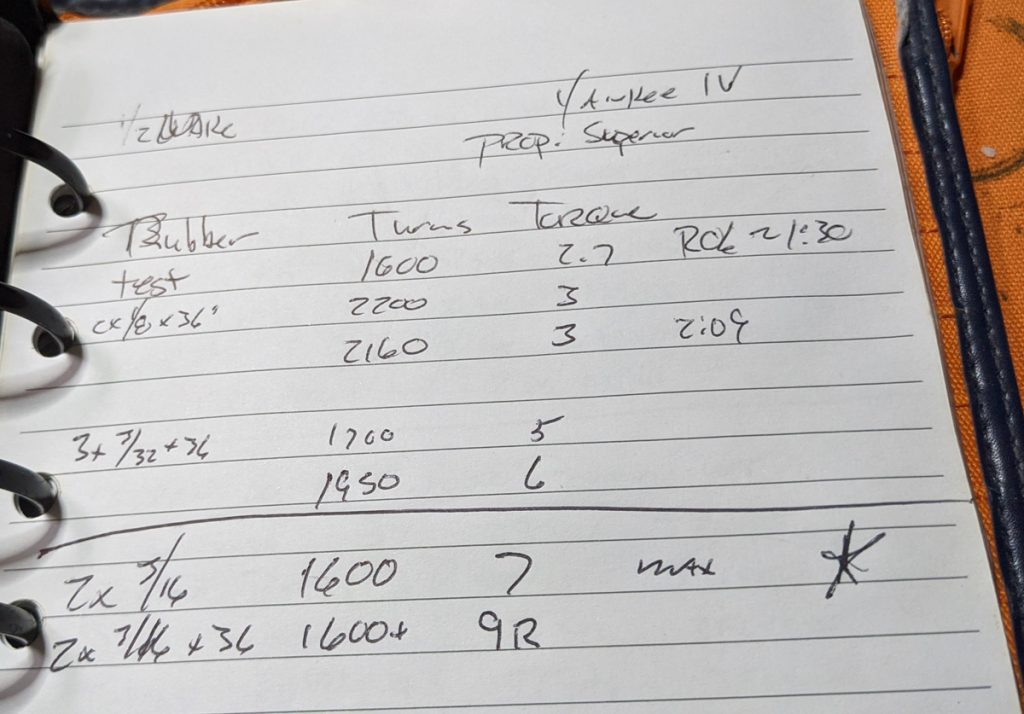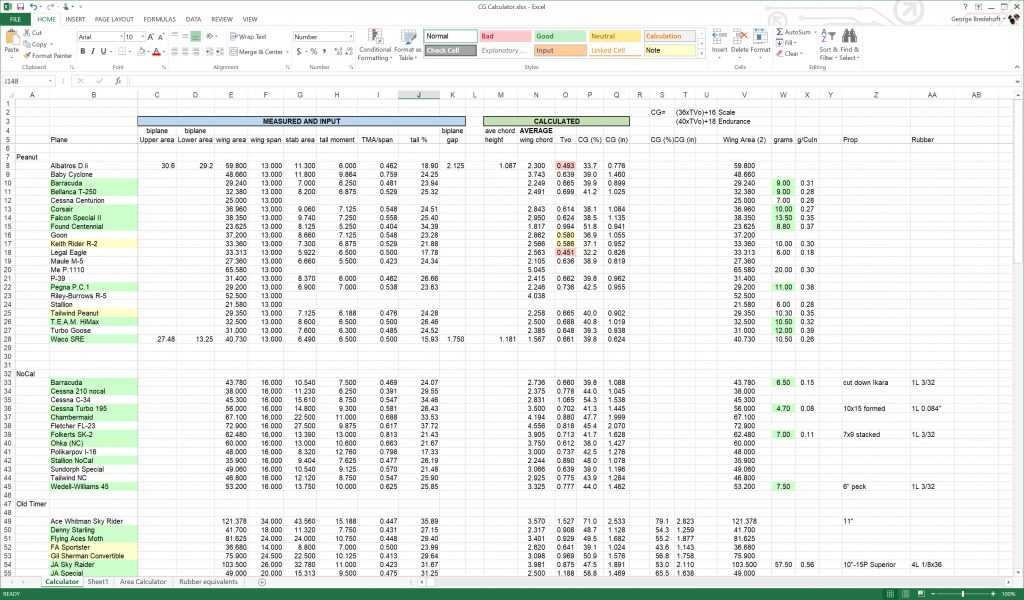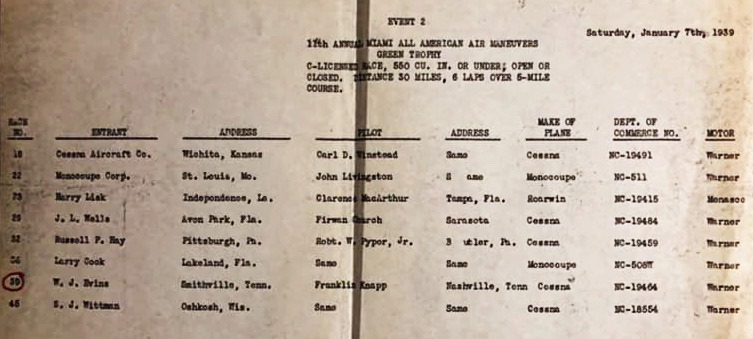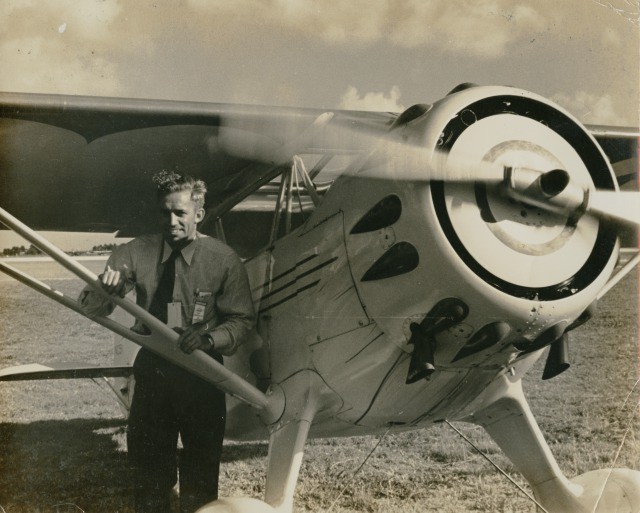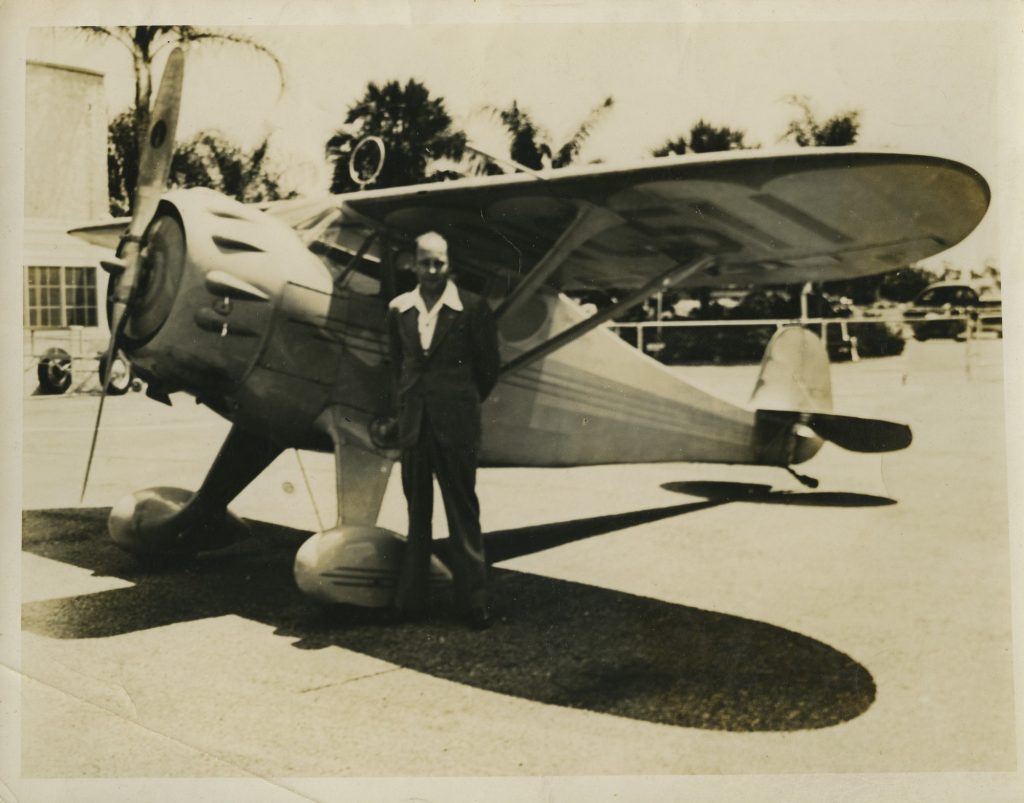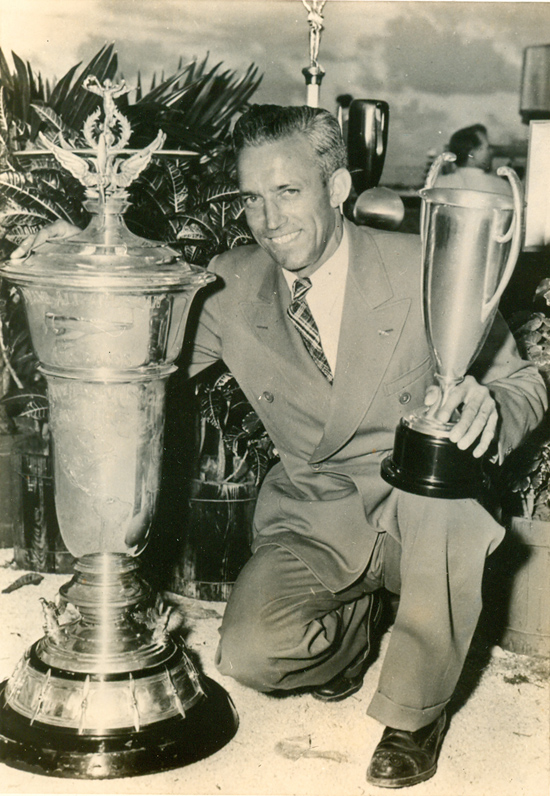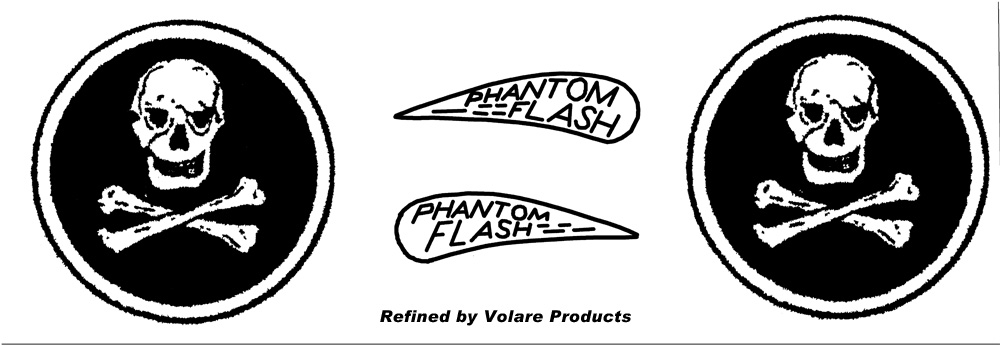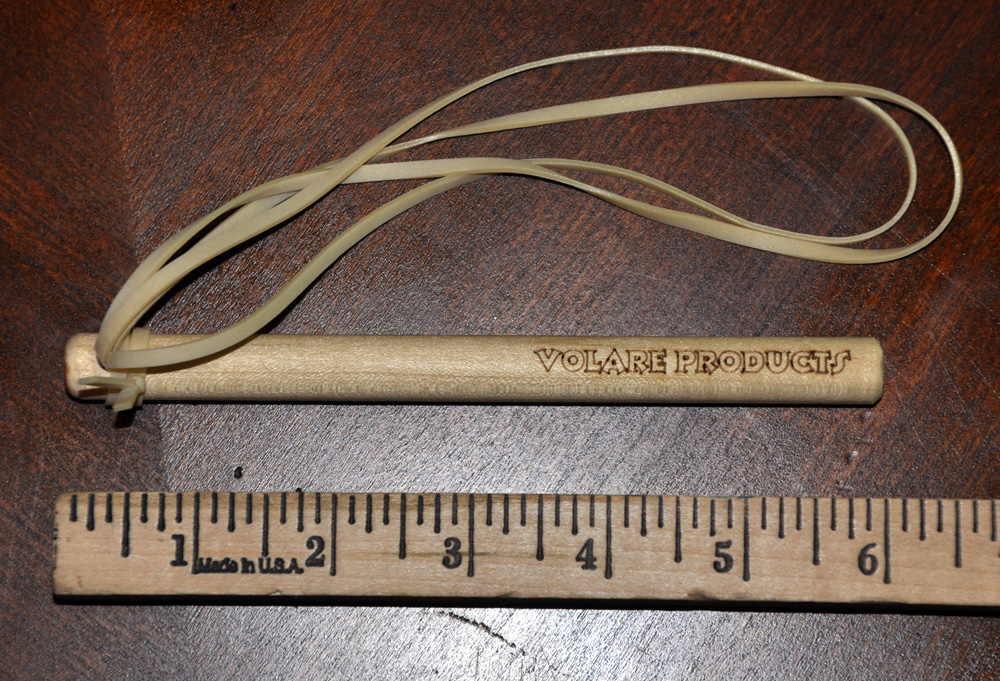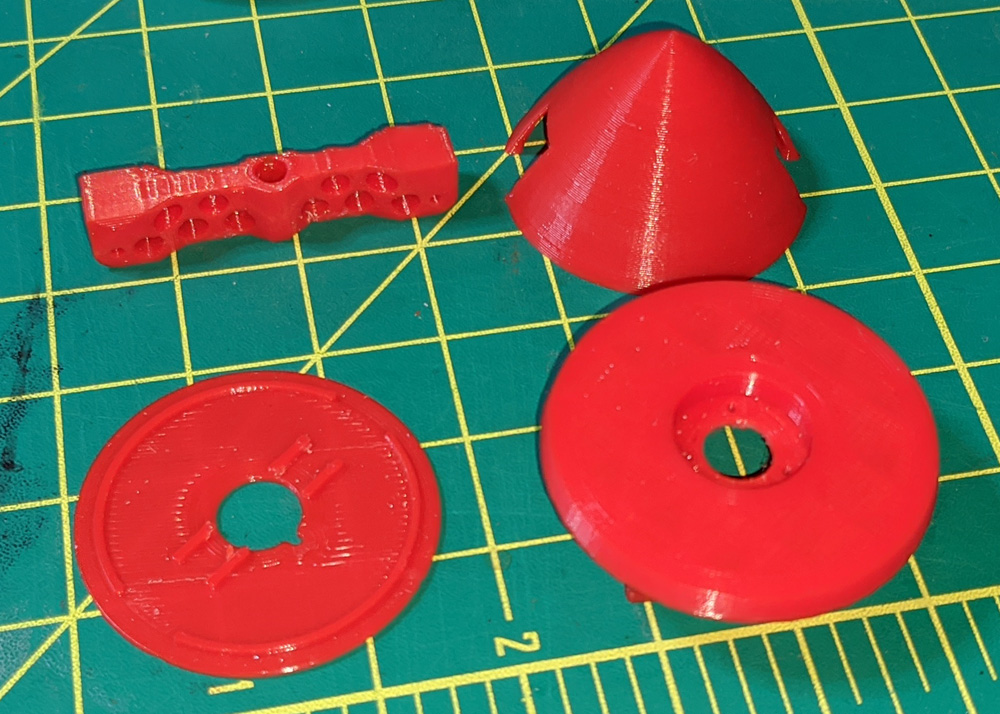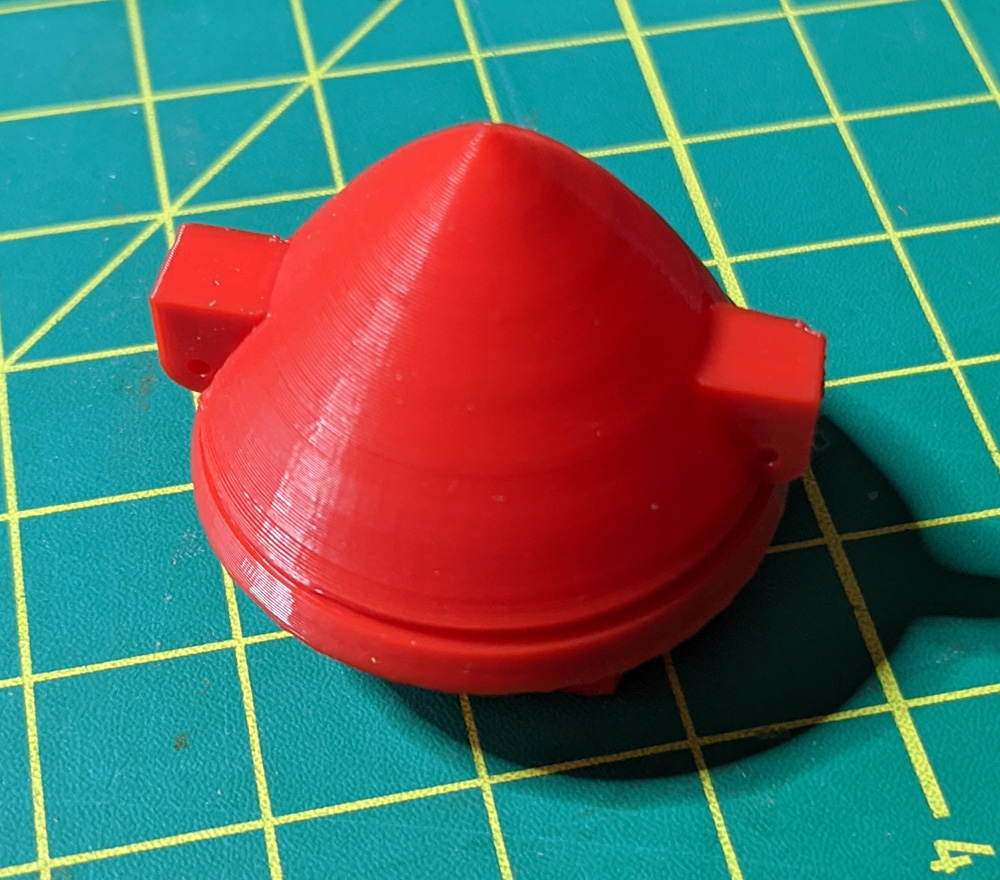Our models are all just sticks of balsa, tissue paper, a little rubber, and a propeller. We use some other hardware and accessories and we go out and have fun together.
First off, we can’t go out and have fun, especially together. I don’t want to get sick – and I don’t want any of my friends to get sick. I am approaching 60 and I am one of the younger guys. Nearly all of my flying buddies are older, and therefore, at a higher risk of getting sick. Remember, the exposure isn’t limited to just “me, you, and Joe”. I need to travel to get to our club’s site. I have to stop and get gas, I might want a bite to eat. Each place is a point of potential contact. And not just the person you see. It’s like the old sex adage: You’re not just having sex with her (or him), but with everyone they have. How many people does the cashier come in contact with every day – or hour? Now it is you, too – and you will pass that on – the cost might be more than a burger. Extremist? Possibly, but I want to fly with my friends again – when it is safe. I am going to err on the side of caution for awhile.
So, let’s stay at home and build. I think a lot of you are saying the same thing. While my sales had dropped for the first three months, I think that was due to many factors on my end, not with the modelers mindset. This has picked back up to normal, maybe even a little bit stronger in April. That is good for me – and good for you. However, there are many product issues that I am dealing with.
Tissue: I am just about out of Esaki. I have a fair amount of Green and a little bit of Brown. Other than that, I have shut off sales for all other colors. I’ve kept a small reserve for myself (maybe too small, in some cases, like white. At the present time, I will not be sourcing any other tissue to sell. Personally, I have started using more supermarket domestic (I like FLOMO brand, especially the white, I have some black and red, but haven’t tried it). EasyBuilt Models has sourced a Japanese tissue they are calling Mt Fuji. I have some, but haven’t tried it. I have seen models built with it and they look great; I REALLY like the red. (Benefit to me: I’ll no longer have to figure out how to pack up a pound of rubber and two sheets of tissue into the same box without crushing the tissue.)
Propellers: I am still getting Gizmo Geezer Products. As you may know, they are now sold by a different company, still in Canada. That company is so close to the US that they will go across the border to ship TO US addresses FROM the US. Their packages have always arrived in about a day. However, now they are shipping from Canada and there will be associated delays – I anticipate about a week or so to receive shipments. That’s not terrible, but I need to be aware (just like all international orders).
Hardware: I am out of various K&P products, mostly nose bearings and the large 10/4:1 winder (I still have many 10:1 and 15:1 winders). I ordered some this week – they cannot fill the order because they are also on lockdown and not permitted to go to the place of business (after all, this is not “essential” stuff). So, that stuff is on hold.
Rubber: FAI still has a good deal of rubber. I have been ordering about once a month, maybe more like every 3.5 weeks. However, I/we are out of 1/4″ rubber and Charlie tells me there won’t be any new batches of rubber for awhile. I took that to mean batches of any size. I am sure that when the rubber manufacturer can get back to work, Charlie will get more, just like normal.
Postage: I post this periodically – postal rates go up all the time, about every 9 months or so. My current postal rates just cover the reduced rate that I get through Stamps.com. When I started in 2012, the cheapest Priority box to a close location (like Michigan or Ohio) was just about $5, like $4.90 or $5.10 – something like that. Now the cheapest is $7.56. I (explaining again) use Priority Mail. Why? Because it is convenient (the Post Office will pick up at my house on their normal route) and because every package gets a tracking number. It is possible to ship some items by First Class, but they won’t pick those up, unless there are Priorities in the same pickup. And, I cannot ship anything over 1 pound by First Class. Anyway, my flat rates are something like $8, and $9 (regional) And that is almost always less than a dollar different than what Stamps.com charges me. Sometimes that difference goes to the negative – and that is happening more and more, recently. So, my shipping charges will have to go up soon.
Balsa: here’s a real punch in the gut. After months of hearing about the price of balsa, it is finally going to affect me and my products. I buy balsa from two sources (you’ve already heard this in the past): SIG and National. SIG always had good wood and gave great dealer discounts. I bought from them exclusively – until one year ago, they had a fire in their balsa shop. They have still not recovered and buying from them is spotty. Less than spotty, actually – I cannot buy from them in any reliable manner.
I can buy from National reliably – kind of. They always fill orders fast. And they always had a good selection of wood; I could even get light wood on demand (at a higher charge). And they were always double the price of SIG, sometimes more. Monday, I placed an order for a small amount of wood (most light wood was unavailable). Prices have doubled – at least (again). Yesterday, I received a box – about 12″x6″x36″ and it cost me over $450. I haven’t had a chance to weigh it yet, but I can be certain that there will be a significant amount that is too heavy for my stuff – and I am sure most of the 1/8″ wood (used for Old Timer nose blocks, Jet Cat wings, etc.) will be on the “way-heavy” side – last time it was like 15-20 pound wood. I did buy some light-weight 1/8″ – at $5.69 a sheet!
This is painful. Since I started offering kits, I have striven (now struggled) to provide reasonable quality for a reasonable price. I know my stuff is not perfect. And I know my customers get less with my kits than they can get from other manufacturers. And (in case anyone thinks this can actually happen) I am not trying to “get rich” selling balsa kits. I started out at $10 for my basic short kits and they are now up to $11 due to balsa rates increasing last year. I am now paying 3x to 4x more for balsa than I was when I started out with the $10 kits. Prices WILL have to go up soon. I don’t want to do it and I don’t know the next price step.
So, stay safe. Take care of those around you, even if that means avoiding them. If you are in self-isolation and are now building more than before, welcome to my world. That’s what I’ve been doing for the past 3.5 years. (I had a friend tell me “now you should have plenty of time to build.” I told him “my day-to-day has changed very little.”) Thank you for your continued business and for your words of encouragement and support. I am sorry that the reality of the world around us is impacting our hobby – in our ability to practice it and the cost of doing so. I am trying my best to help you continue to do what you love – build (and fly) stick and tissue. I hope we can get out to the flying field together this summer or fall.
–george

